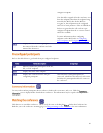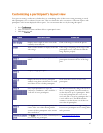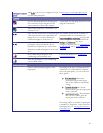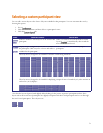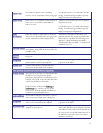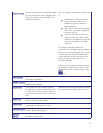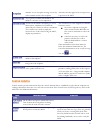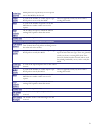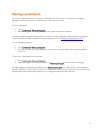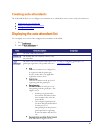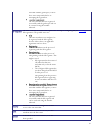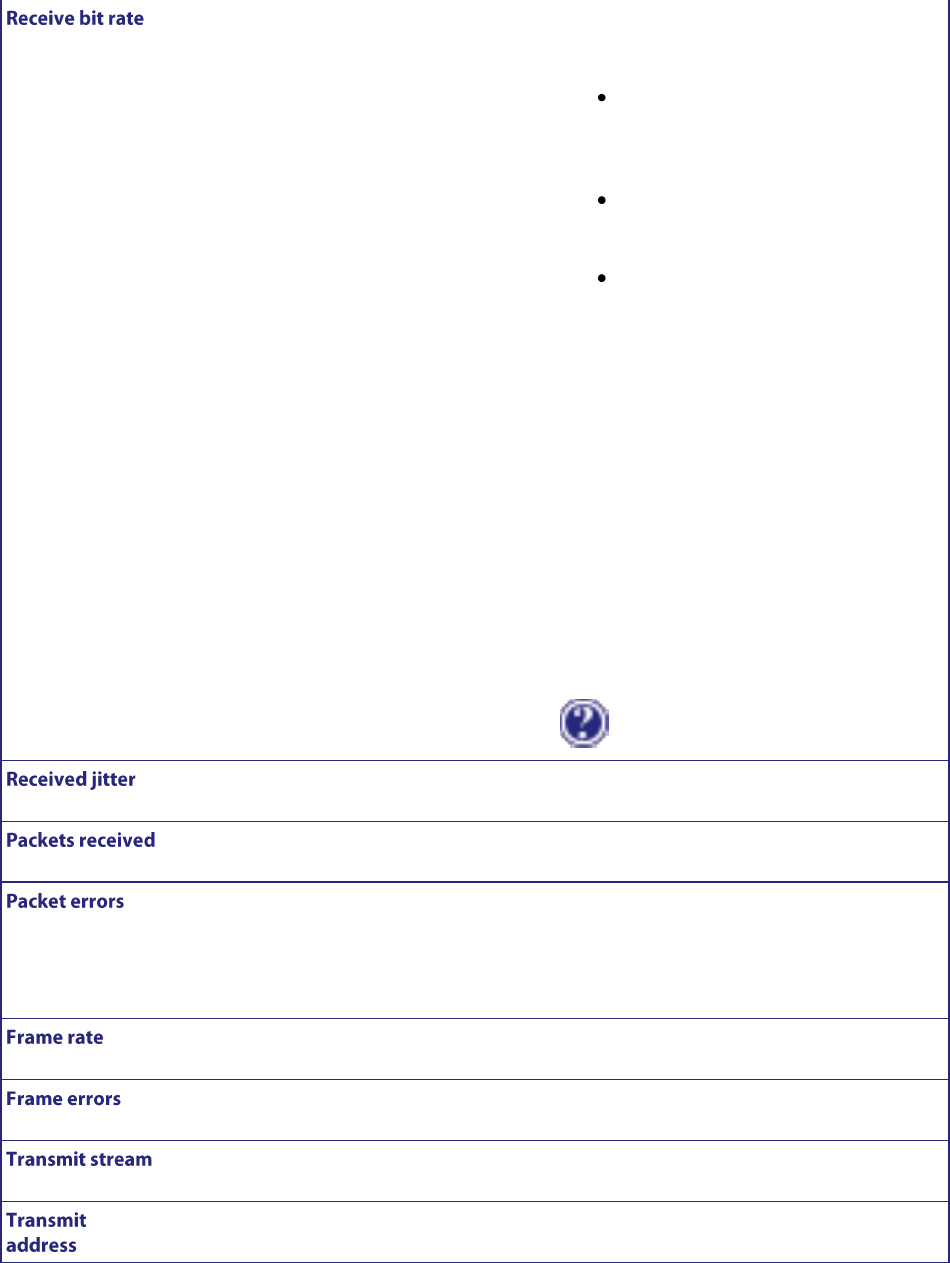
74
The bit rate (in bits per second) that the MCU
has requested that the remote endpoint sends.
The most-recently measured actual bit rate
displays in parentheses.
This value might be less than the Channel bit rate
if:
the MCU detects that the network
path to the remote endpoint has
insufficient capacity to maintain a
higher traffic rate
that endpoint's video stream's position
in the active conference compositions
does not require it
it has been necessary to reduce the
video bit rate because of the overall
call bit rate; the audio bit rate plus the
video bit rate should not exceed the
call bit rate
For example, if all participants in the
conference were watching a single participant at
full screen, no other participants' video streams
would be needed at all. So the MCU would
request that those streams were sent at a low
bit rate in order to avoid needless use of
network bandwidth.
If the receive bit rate has been limited to below
the maximum channel bit rate, the reason for
this limitation can be seen by moving over the
icon.
Represents the variation in video packet at
arrival time at the MCU.
The number of video packets destined for the
MCU from this endpoint
Video packet-level errors such as sequence
discontinuities, incorrect RTP details, and so
on. This is not the same as packets where the
content (the actual video data) is somehow in
error.
This value does not represent packets in which
the actual video data in the packets is in error.
The frame rate of the video stream currently
being received from the endpoint.
The number of frames with errors versus the
total number of video frames received.
The codec, size and type of video being sent
from the MCU to the endpoint.
The IP address and port of the device to which
the MCU is sending video.



